Coming of Age on the Riviera Nyarit:
La Patrona Polo Club
(by Dan Harvey Pedrick) (photos by author except as noted)
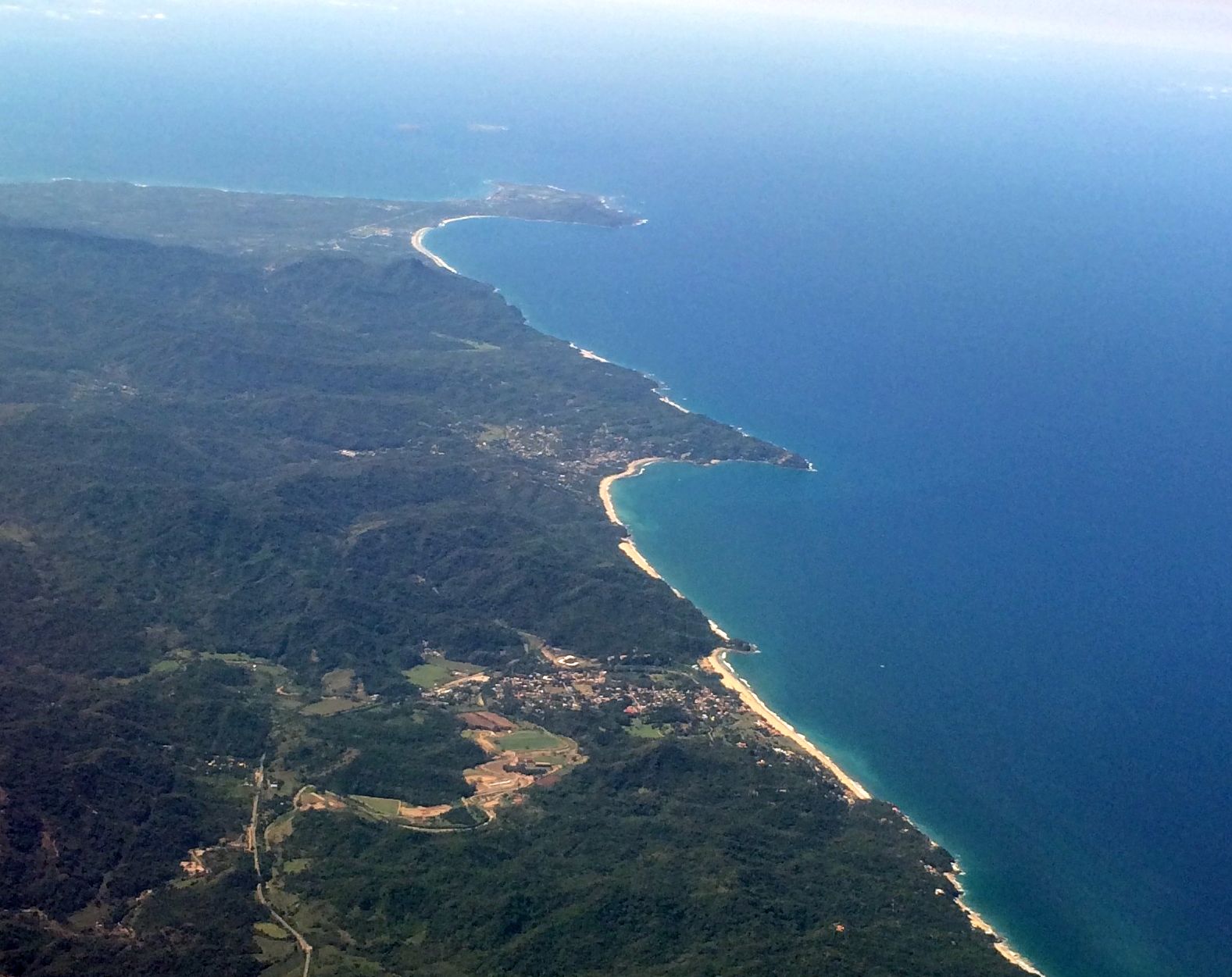
The first time I saw La Patrona Polo Club I found a cute little field in a cute little town on Mexico’s Costa Verde region just a bit north of the tourism mecca of Puerto Vallarta. The club was still in its infancy, born and breathing, running around like a new foal, enjoying life immensely, and bringing joy to everyone involved. Obviously headed for bigger and better things, La Patrona Polo Club had a huge set of parental dreams to live up to: a couple of full-size playing fields, an equestrian center that would include jumping and dressage, extensive stables, a first class restaurant, and other infrastructural and architectural masterpieces of design—all of which looked ambitious and impressive enough on the graphic digital media representations that sketched out the bold dreams of their creators for all to see… but to walk through what had only a few years before been floodplain cow pasture laced with rusting webs of barbed wire, ramshackle buildings, and rusted out cars, and see the near completion of a remarkable transition from the virtual to the real was simply breathtaking.
Let’s back up a little bit. Mexico City native Iván Echeverría vacationed in San Francisco, Nyarit (affectionately dubbed San Pancho by its polyglot residents) with his family from the age of twelve. An avid rider from an early age, Iván studied cinematography in university and later formed his own production company. He met his future wife, Gabrielle Weber, in Mexico City where she was working as a free-lance photographer, and invited her to San Pancho.
Gabrielle Weber was born in Switzerland and acquired her passion for horses as a very young child upon seeing the draught teams of her family’s brewery. She grew up in the countryside on Lake Zurich learning horsemanship from her Swiss cavalry officer father, himself an accomplished jumper and dressage rider. Gabrielle studied art and education before coming to Mexico, intent on composing the first of many cultural photographic essays of the country. There she met future husband Iván and a destiny which has led her to full Mexican citizenship.
At first the couple followed their shared passions for jumping horses—at least until that fateful day mutual friend Enrique Tron introduced them to polo at Costa Careyes. Professional polo mentor Major Hugh Dawnay took them under his wing and soon the couple were polo habitués with no hope of recovery.

Gabrielle and Iván began to visualize playing polo on a mango orchard they owned in San Pancho. The mango trees soon gave way to a stick-and-ball field but the ideas kept coming like a Jean Michel Jarre light show. Before long the last of the mango trees were removed from the “downtown” San Pancho location and “La Patrona Polo Club” was born. Iván and Gabrielle were already pregnant with the idea of a new polo club-cum-community in the region when Major Dawnay made his suggestion for the unique name that aptly characterizes and honors the serene, motherly gaze Gabrielle Weber keeps focused on the couple’s creation. The late polo theorist and instructor could therefore lay claim to being the godfather of the new club.
La Patrona Polo Club went on to function as a restaurant, a local entertainment venue, and a small convention center as well as a player’s club. But it was only the beginning. In 2014 La Patrona announced the closing of the “downtown” facility to concentrate in preparing its next incarnation as a full-sized and full service equestrian center located just over the hill on an aggregation of contiguous properties of well over 300 hectares.
The new development, known as Tierra Tropical, exists within a special environmental zone dedicated to the protection of native animal and plant species designated and monitored by the Mexican Secretariat of Environment and Natural Resources. Orchards and croplands have been preserved wherever possible. The visibility of villas and houses will be limited by restrictions on landscaping and tree clearing. Off-grid power installations will minimize the need for power lines. A flood control project, long needed to reduce the vulnerability of the town to the vagaries of seasonal inundations from the Sierra Madre Occidental range, included a massive reconstruction of the river channel through the valley bottom with a commitment to make the finished job look as natural as possible.
La Patrona Polo Club is the first polo club on the planet to be created inside such a government regulated ecological zone
Large grazing paddocks accommodate playing ponies, the growing population of La Patrona’s own breeding stock. But the most radical idea of the entire project was Gabrielle Weber’s plan to create a new breed of polo pony, one suited to the heat and humidity of the tropical climate. Even husband Iván was skeptical of such a risky departure from standard practice but Gabrielle was determined and believed in the soundness of her idea. Searching the hemisphere for foundation stock she found what she was looking for in the racing Arabian lines: size, bone, stamina, and temperament. Now, five years on, the results are impressive. The majority of the 130-plus horses at La Patrona are all or part Arabian breeding, mature, quiet, and well schooled to the game—and like so much else in this blessed little slice of heaven they are exceedingly beautiful to look at.
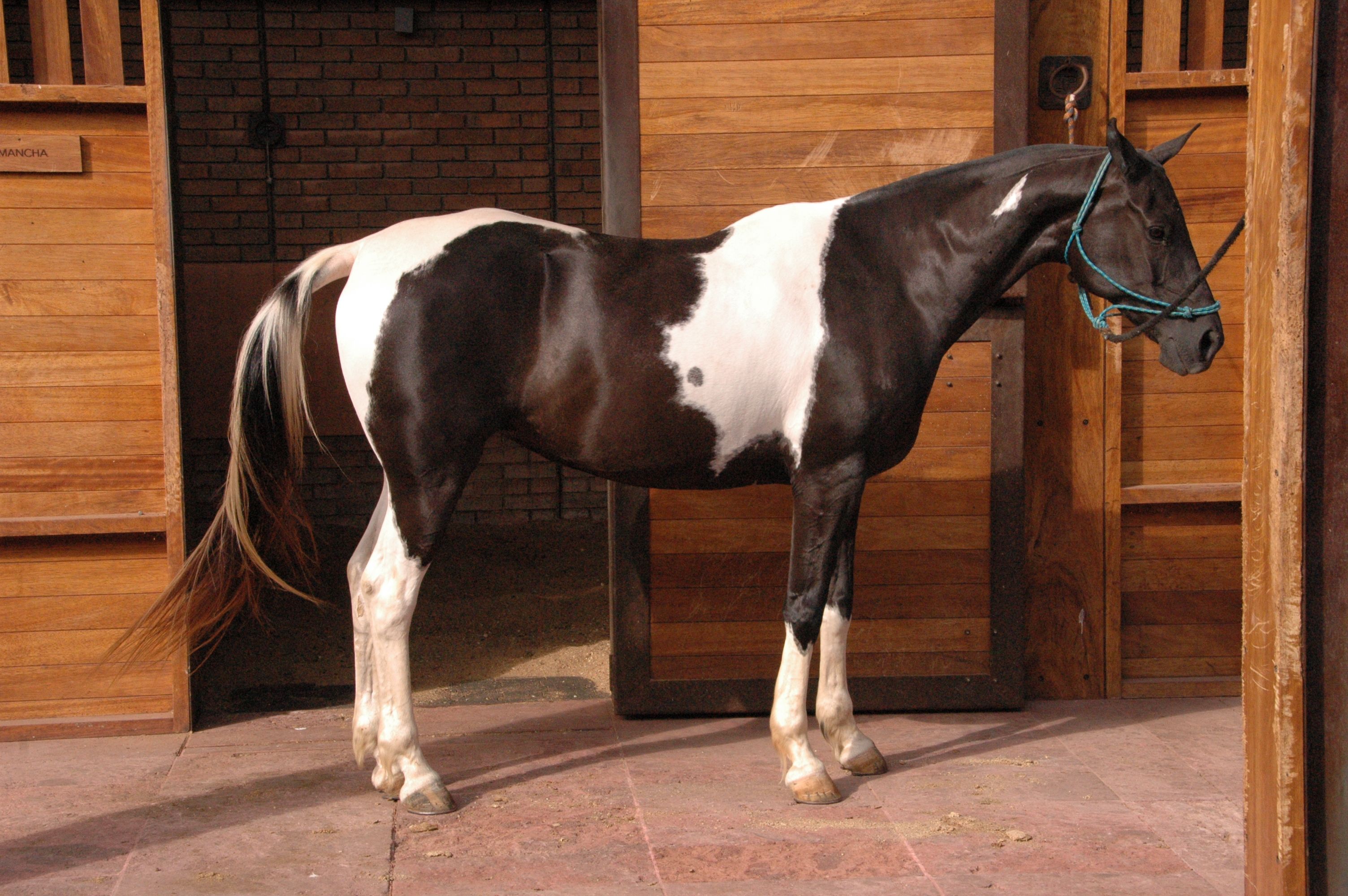
All this happened fairly fast and the year 2015 arrived with the promise of a Grand Opening before its end. But first a dress rehearsal was needed. With much of the infrastructure completed there was still much to do. Construction was proceeding apace with, counting full-time staff, around 180 souls working like demons in the relatively cool February weather to bring it all together—building covered bridges, roofs, paving, excavating, fencing, etc. In spite of this frenetic activity the completed areas where this rehearsal was to take place were in immaculate condition. It addition to generous amounts of polo (including the first “San Pancho Cup” final to be held on the new facility), the events planned for the entertainment of the invited guests included exhibitions of classic and Spanish School dressage, combination driving, jumping, mounted treks through the village to the beach, and lots of food and music over several days.
Arriving on a direct WestJet flight from Vancouver in a little over four hours, I stepped out of the rainy Northwest winter into the brilliant tropical sunshine of Puerto Vallarta. Met by the lovely Erica, I was whisked 40 kms. up the road to San Pancho. There I found myself ensconced in the hilltop villa of friend and poloist Elliot King, whose place offers a commanding view of the new La Patrona Polo Club—as well as of the Pacific Ocean and the tidy seaside village that would be my home for the next week.
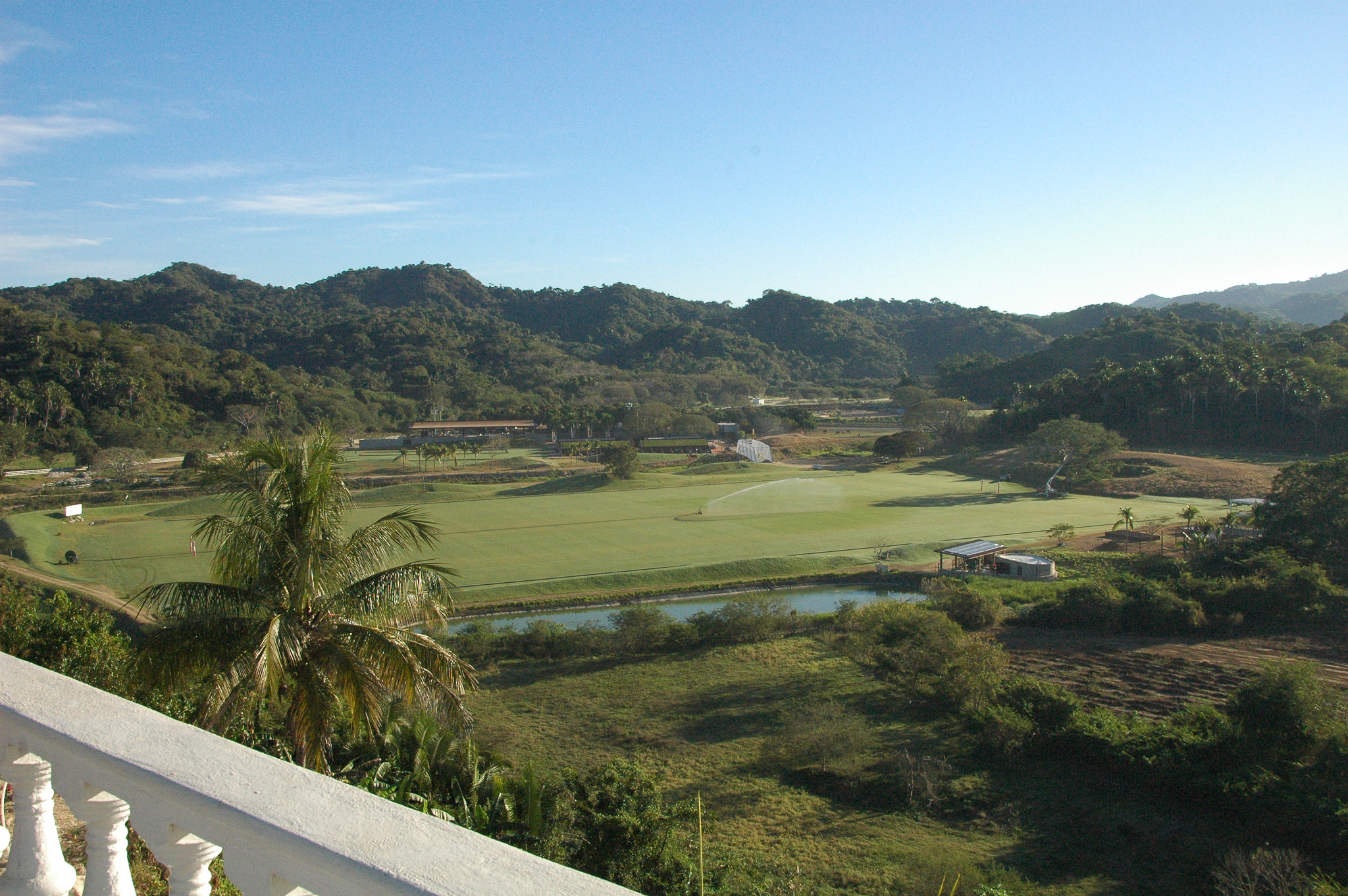
I was not sure what rôle I was slated to play in this production, other than my usual one of bit player and polo scribe, but I was quickly rushed off to the field below to meet the three teams that would compete in a round-robin battle to the final on Sunday. I was given a green shirt and seconded to a team for some warm-up chukkas. I knew some of these guys from my last time here four years ago. The only difference was they were much better players now while I felt myself fading into the sunset of my late sixties. But, their youthful energy was contagious and once mounted on fresh new horses I felt exhilarated and quickly forgot about the ravages of time.
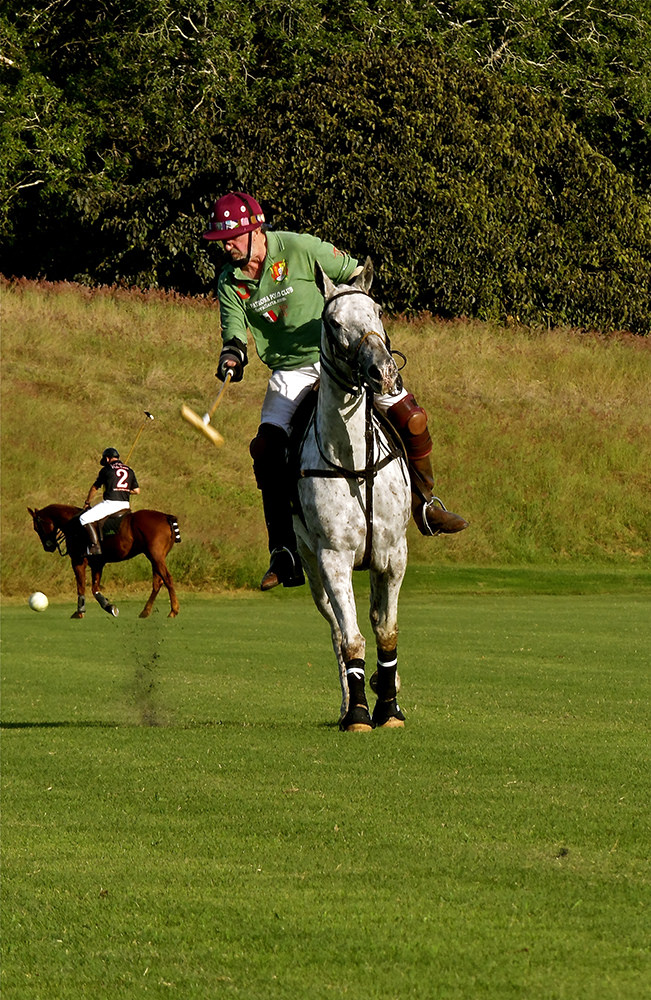 Foto:Alberto Cardenas
Foto:Alberto Cardenas
The horses I rode were just little blades of grass last time I was here but now they were mature well schooled playing ponies, the kind that you don’t need to think about. They were of good size, quick, handy, beautifully put together and, for the most part, of purebred Arabian breeding.
In the practice chukkas—and even later when the actual competitive chukkas began—I could not help but notice that the other players were polite and accommodating to a fault. Before I could start thinking that this bonhomie was attributable to any irresistible charm on my part, polo manager Martin Harriague reminded me why I was here. “Remember, you are the patrón. You are paying for this. I want these guys to practice on you.”
I swallowed hard and thanked God that it was not really the case! As for Martin, he should know how to treat a patrón. Nephew and protegé of legendary National Museum of Racing and Hall of Fame trainer Horatio Luro, Martin was managing high-goal teams like Peter Brandt’s White Birch and Brooks Johnson’s C.S. Brooks Polo Team when I was still learning which end of a polo mallet to hit the ball with—and hopefully I could remember that now as the first of the round-robin chukkas were about to begin.
I was not the only pseudo-patrón in this lucky bunch. Eugenio Garza from Monterrey and Jorge Suárez from Guadalajara were among the invited players, as well as husband and wife team Chris and Katie Falk from Fresno, California. All were awesome players. I had played a bit with their cigar chomping dad, Winnipeg native Herb Falk, a few years ago at Costa Careyes but today I was the oldest player on the field—a dubious honor but one that carries a built in excuse for screwing up. Hopefully I wouldn’t need to use it.
The first go-round of the robin was fairly easy going as we visitors got used to our horses. The tropical heat was not oppressive with a relatively cool breeze blowing in over hill from the nearby Pacific.
Among my team mates was Juan Carlos Galán, a young vet from Guadalajara. Galán also heads the team that is responsible for the burgeoning population of the La Patrona polo pony breed, soon to be augmented by the revolutionary technique of embryonic transfer (ET). A truly game-changing development, ET has created a whole new level in polo in the quality and quantity of top-class horses and in the way the game is played. La Patrona is considering the technique to realize the goal of a new breed suited to the Costa Verde environment. Now I would try them out.
A small army of grooms were ready with the horses in the comfortable shade of a large, spreading higuera tree. I mounted “Tajín” and rode out to warm up with the others on a perfect field on a perfect late February afternoon. The atmosphere of the game was competitive and fast, but friendly and marked by shouts and laughter from players and spectators alike. My team finished last in the round but it was still early days, and fun in any case.
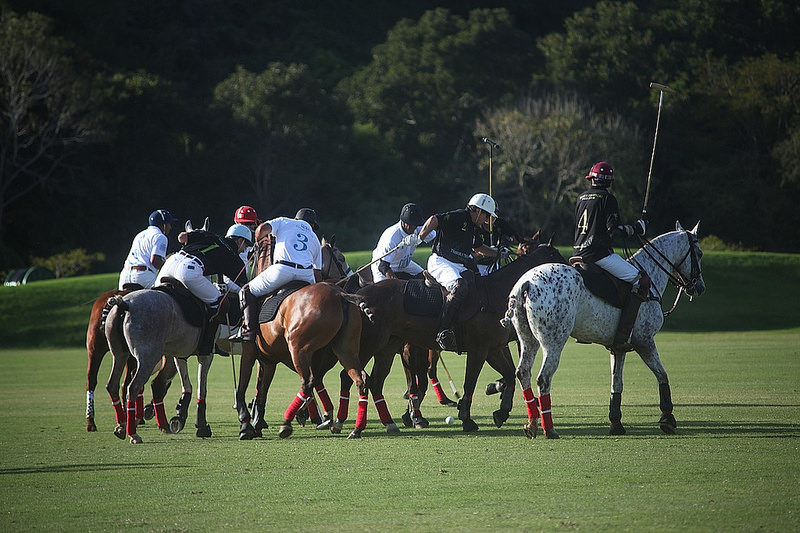 Foto:Alberto Cardenas
Foto:Alberto Cardenas
The following afternoon I walked into the exquisite teak-panelled players’ dressing room only to be handed a different shirt. “You’re on my team today,” said Iván Echeverría handing me a black Tierra Tropical jersey. I was only too happy to accommodate but I felt a pang of regret having establishing a feeling of esprit de corps with Juan Carlos’ team the day before. Now I would be playing against them. My regret deepened a bit by the last chukka as we were decisively left in third place. But I couldn’t blame my gorgeous Arabian horses--Tajín, Charack, Coyota, and Jo, which were superb once again.
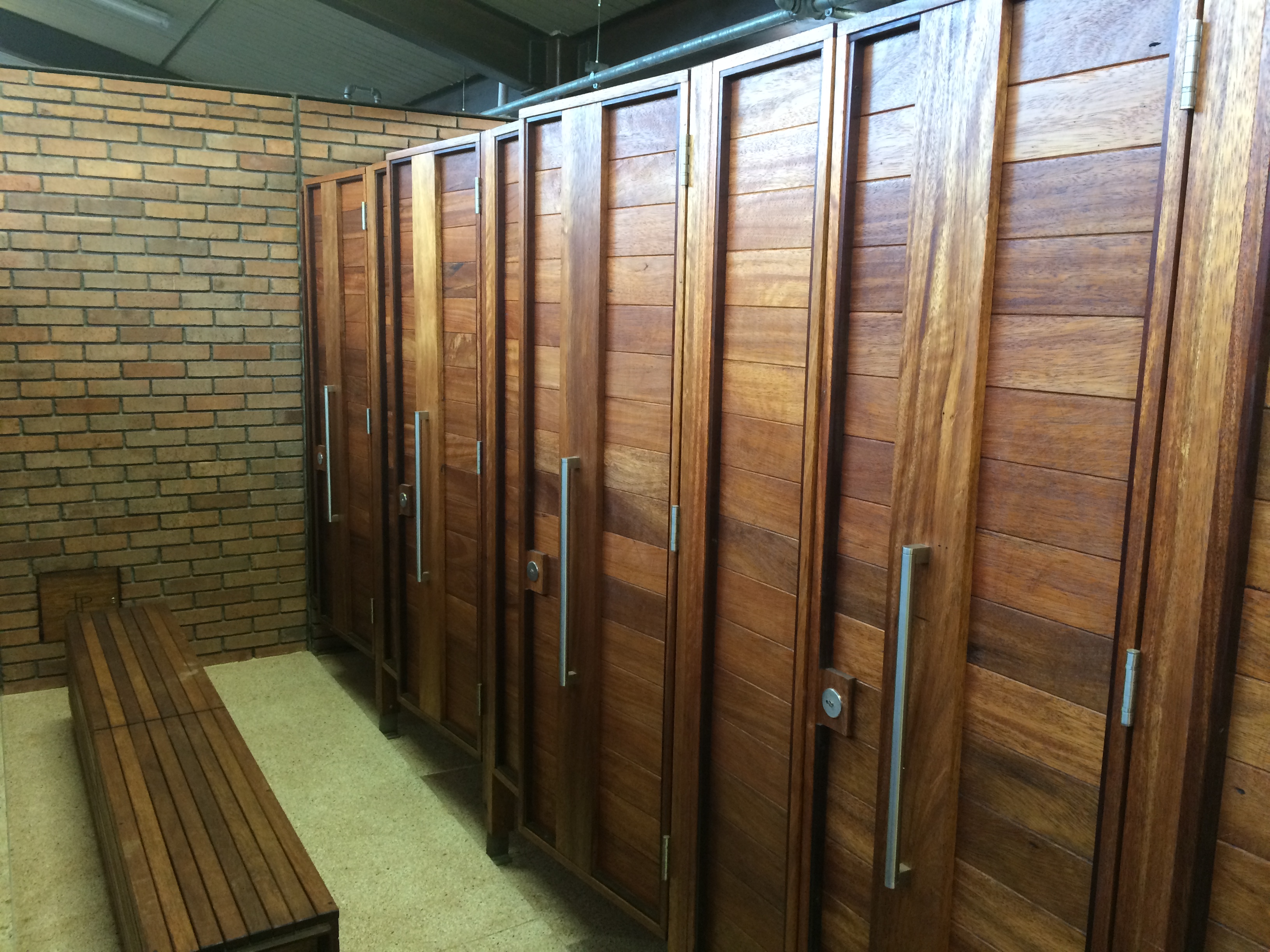
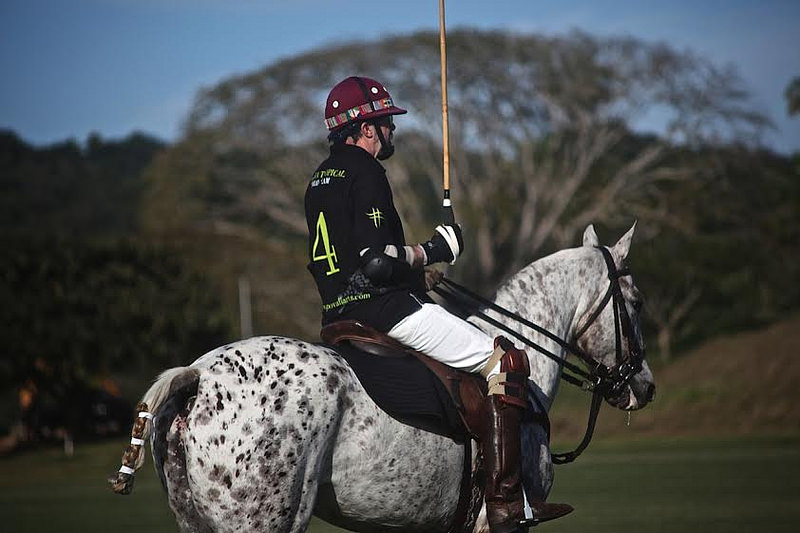 Foto:Alberto Cardenas
Foto:Alberto Cardenas
From the field we all retired to the large patios adjacent to the barns which are stunning examples of 21st century environmental architecture. Low flying buttresses sweep gradually upward from ground level to support vegetation-covered roofs covering the wide, airy stables and alleyways below, the matching halves of the structures forming a large atrium. In the middle of these, below the the open sky, are long water troughs of clear, cool water flowing continuously. There were found food and refreshment of the finest quality and the first of several excellent musical groups just starting to play.

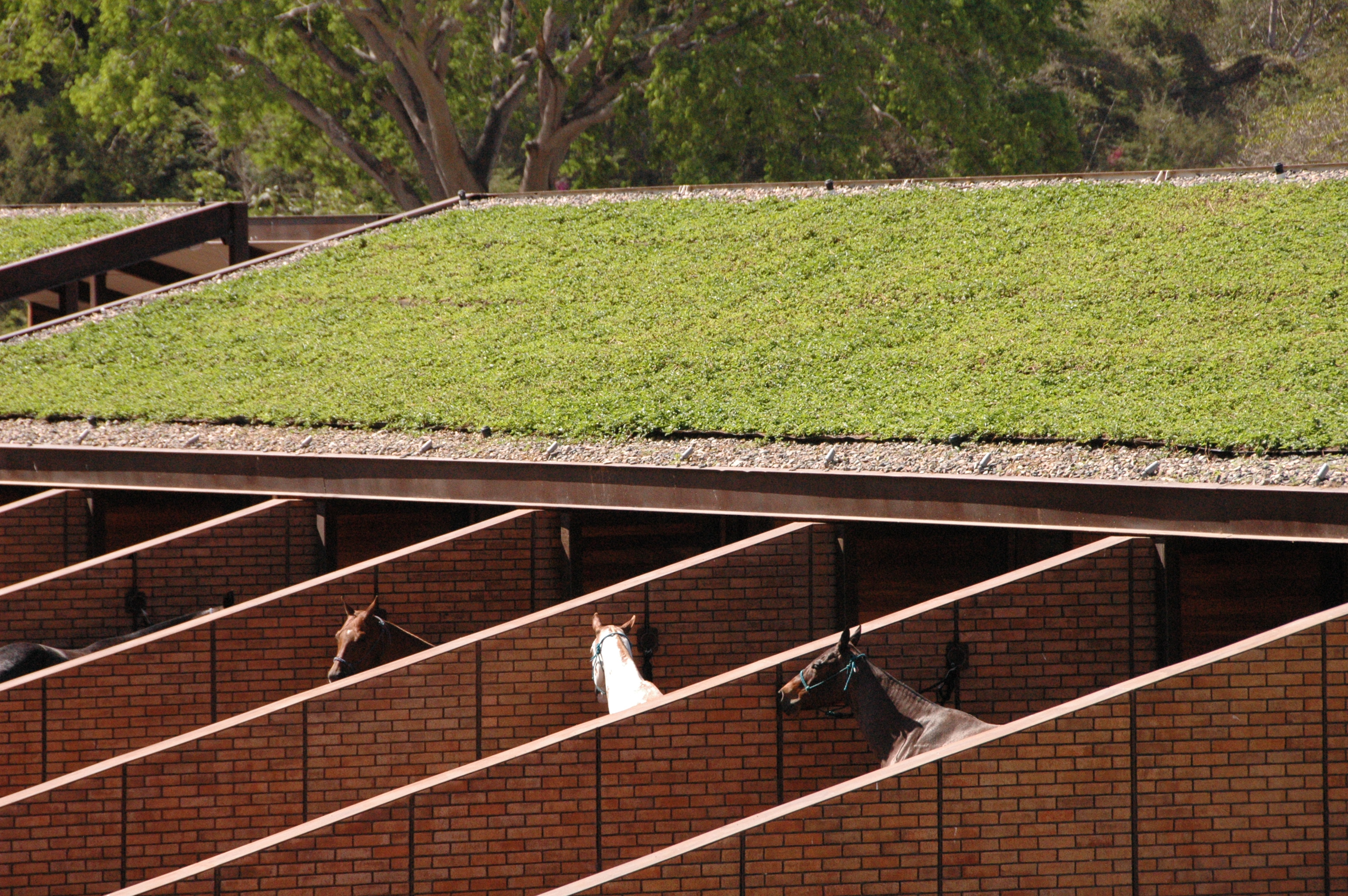

The day of the final dawned like all of the others with blue sky and brilliant sunshine. But suddenly I was painfully aware of a new problem. Having spent most of the winter well out of the saddle I was not exactly in tip-top shape for polo and my upper body was now stiff and sore from the previous two days off from my usual routine of couch surfing. The final game was only two hours away and I found myself staggering around San Pancho and thinking about calling in sick. Suddenly I saw a storefront massage clinic: Angelica Spa. It looked reputable but I ventured inside anyway. “Angie” knew what she was doing and lived up to her name, mercilessly attacking the knots and gnarls of my shamefully neglected back muscles. It hurt like hell but she ignored my pathetic whimpering. “Breathe!” she said. Forty minutes later I walked out feeling like a man re-born and flagged a cab to the polo field.
Once again I was cruelly torn from my team and handed yet another shirt displaying the logo of Los Cuentos, a new craft brewery recently launched by members of Gabrielle’s extended family in Jalisco state. I felt like a self-serving mercenary to the core but I could not help but rejoice. With resident heavy-hitter Tomy Elliot leading the team I knew my chances of guzzling that first cool bubbly at the trophy table were much improved. “Play number one and go up deep as soon as we get the ball, I’ll hit it up to you...” were the orders from Tomy. I did what I was told numerous times only to see this Argentine mallet master whiz past me and sink it himself. So, I concentrated on defense, trying to harry my former teammate and fellow geezer Jorge Suárez as he took the hit-ins off the back line and vigorously carried the ball into the fray.
In the end Suárez and his team won the game by a goal—but my new team won the tournament based on total goals scored in the round robin. For me this lucky development underscored the polistic principle of being in the right place at the right time in more ways than one—and the most unexpected place of all was the winners circle where Tomy Elliot popped the first champagne cork and proceeded to baptize me with the sweet taste of victory.
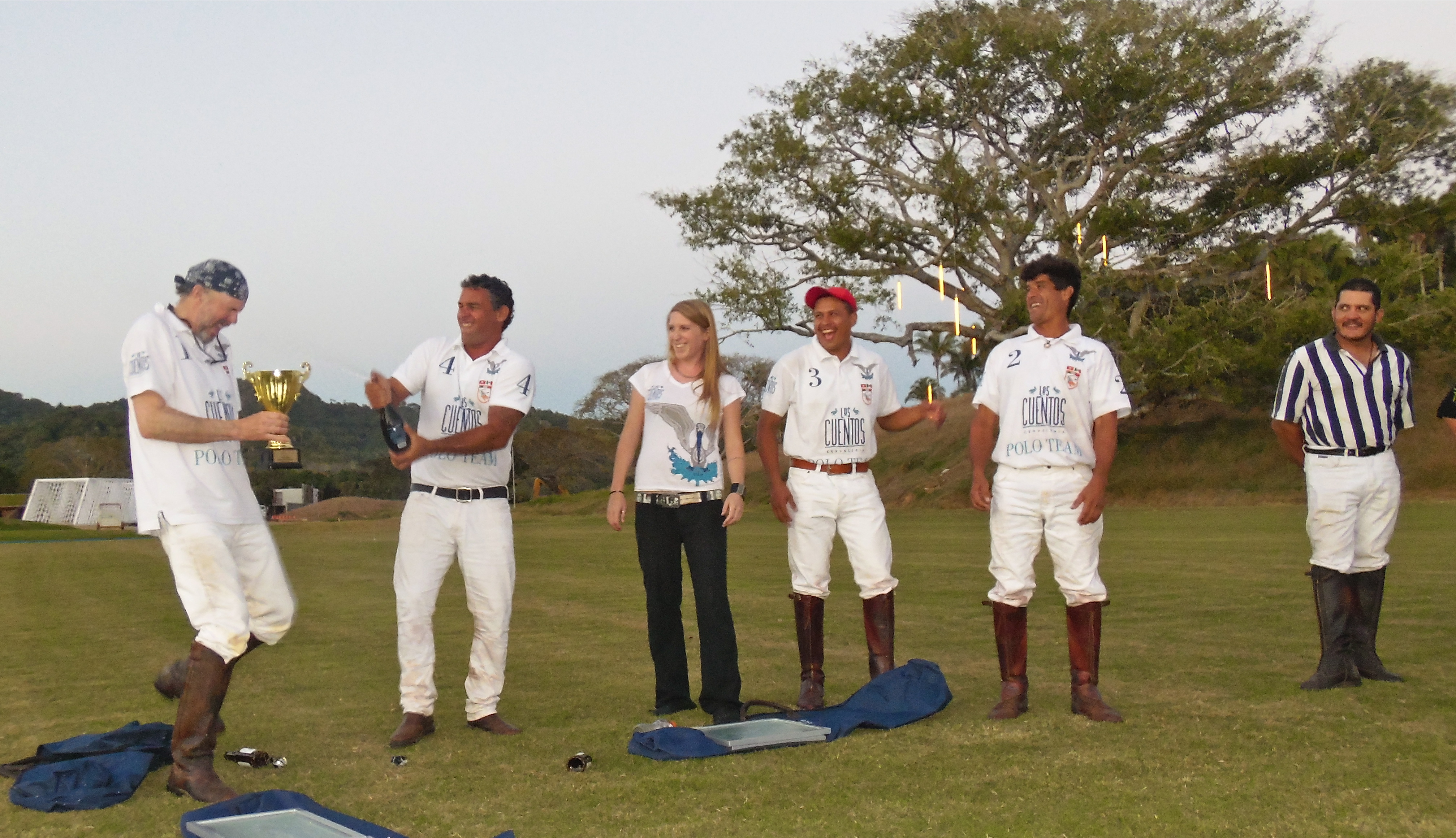 Foto:Alberto Cardenas
Foto:Alberto Cardenas
I truly felt like a born-again polo player (and maybe a lucky crapshooter).
I was impressed with how well La Patrona’s Arabian polo ponies had played under the pressure of competitive chukkas. But I wondered aloud how they might perform at a more rarified level approaching, say, 20 goals. I did not have to wait long to find out. Gaby and Iván wanted to know, too, and had already arranged for an exhibition match for all to see.
I returned in early May to find the weather somewhat warmer than it had been in February. Also there were high-goal players Nic Roldán, Chris Kampsen, Brandon Phillips, Alejandro Novillo-Astrada, Javier Herréra, Sebastian Dawnay, and Tomás Elliot. Gaby and Iván would complete the roster. On Tuesday evening there would be an arena game played under lights overlooked from the club restaurant by spectators including the usual suspects of staff, investors, friends, neighbors, significant others, and a larger than usual smattering of polo press types including Maria Paula Fernández of Polo+10 and La Martina’s indefatigably charming ambassador Carolina Beresford.
The game was action packed with the heavy hitters smacking the slightly over-inflated ball the full length of the arena with resounding booms. The horses worked hard in the sandy surface but seemed totally unfazed through it all. After a 5-all tie all human participants retired to the restaurant for an exquisite evening of creative gastronomy under the direction of the invited chef de cuisine whose most innovative entrée of the evening (among others) was a cool, liquid salad served in a wine goblet.


The following day a six-chukka game took place on the big field at 6 p.m. between “Tierra Tropical” in black jerseys and “La Patrona” in red. Now we would see the proof of the pudding five years in the making: several dozen purebred Arabian polo ponies bred and trained for this moment, playing very fast polo in the tropical heat. These parachuted high-goal players did not not hold back (do they ever?). The teams were well matched through most of the six chukkas with plenty of hard ride-offs, spectacular long passes and shots on goal—and quick changeovers between chukkas. Finally team La Patrona pulled ahead and ended up at 7 to 5 goals at the last bell. The horses were led from the field back to their beautiful barns seemingly unfazed once again.
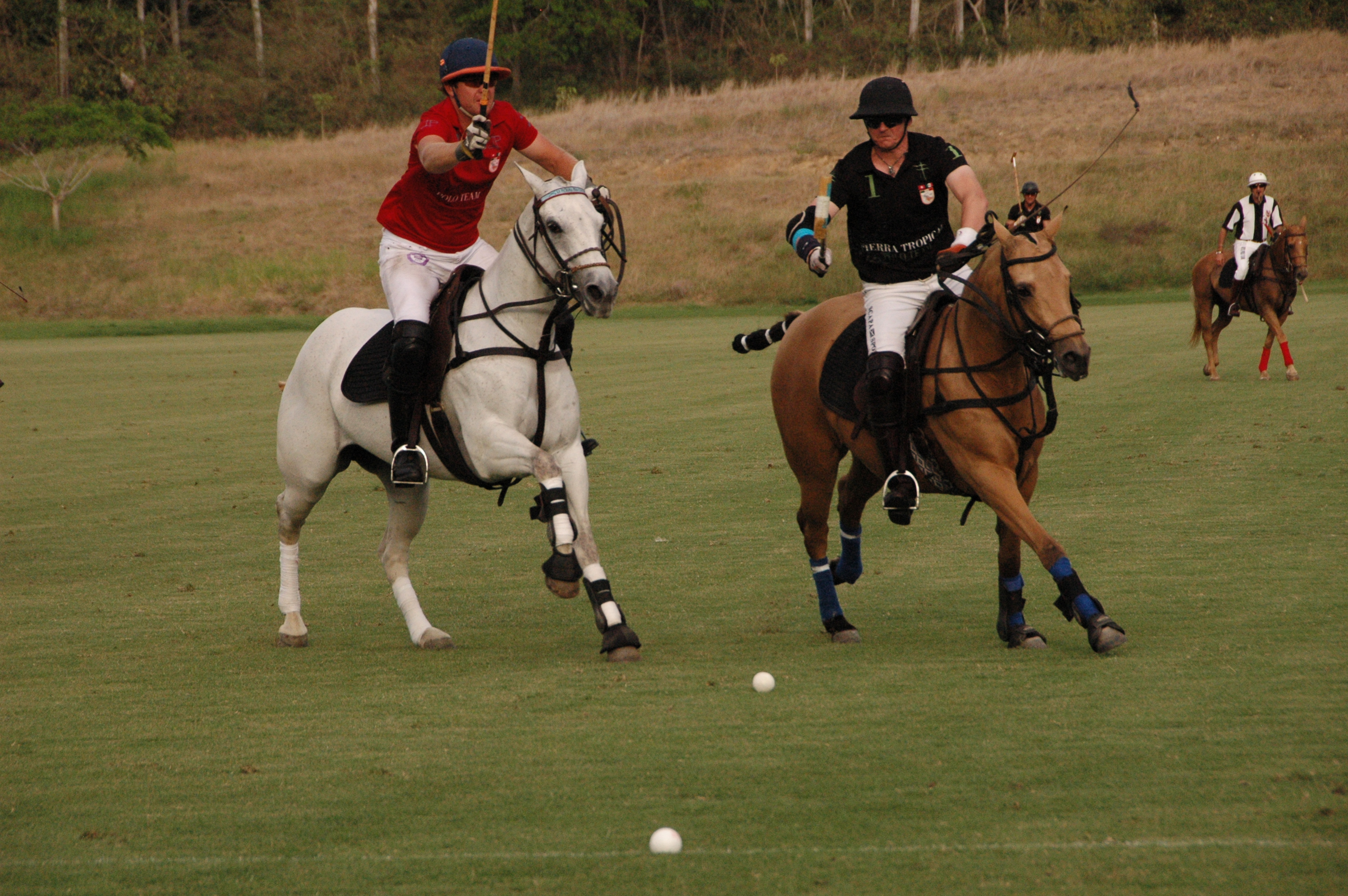

The closing ceremonies were celebrated in the usual way with prizes, photos, all in a sweet mist of airborne champagne. The catering staff would soon serve their delicious food and libations on the large patio near the barns as jazz and flamenco musicians set the tone under another fabulous Riviera Nyarit sunset. It was not hard to see that Gabrielle Weber and Iván Echeverría had had a good day—as had we all.
All this should have been enough to make anyone’s day better but it was not over yet. An après après fête loomed on the now dark Pacific horizon at the nearby beachfront villa where the visiting players and their entourages were accommodated. As we entered, a ten-piece Mariachi band launched into their typically uplifting and rousing repertoire with a whole new wave of fresh energy. Still playing, they marched out across the patio past the pool and onto the beach where a fire had been lit and blankets and pillows deployed around it. I flopped down and gazed at the brilliant stars, luxuriating in the delicious warmth of the tropical midnight. Lulled by the hypnotic rhythm of the music and the nearby surf, I fell fast asleep.
I awoke to a gentle nudge from Tomy Elliot: “Daniel, they are playing your song!” It was “Las Mañanitas”, the traditional Mariachi birthday ballad. I had forgotten about it but now I awoke to find myself lying on a Mexican beach in the middle of the night at the hopefully not too over-ripe age of sixty-eight years. It has been a pretty good run so far, I thought...
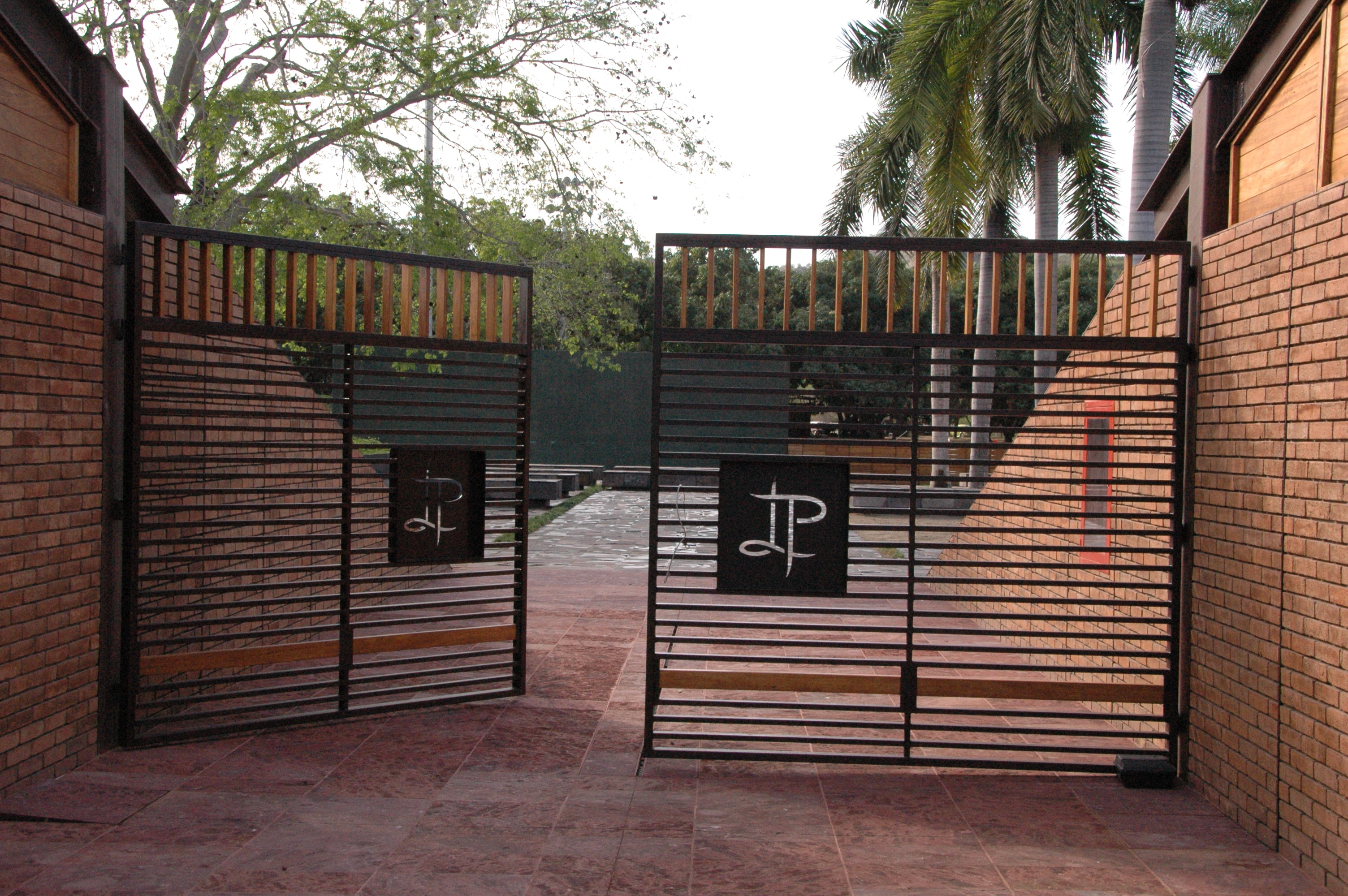
(A condensed version of this article was published in Polo Players' Edition magazine in February, 2016. )
